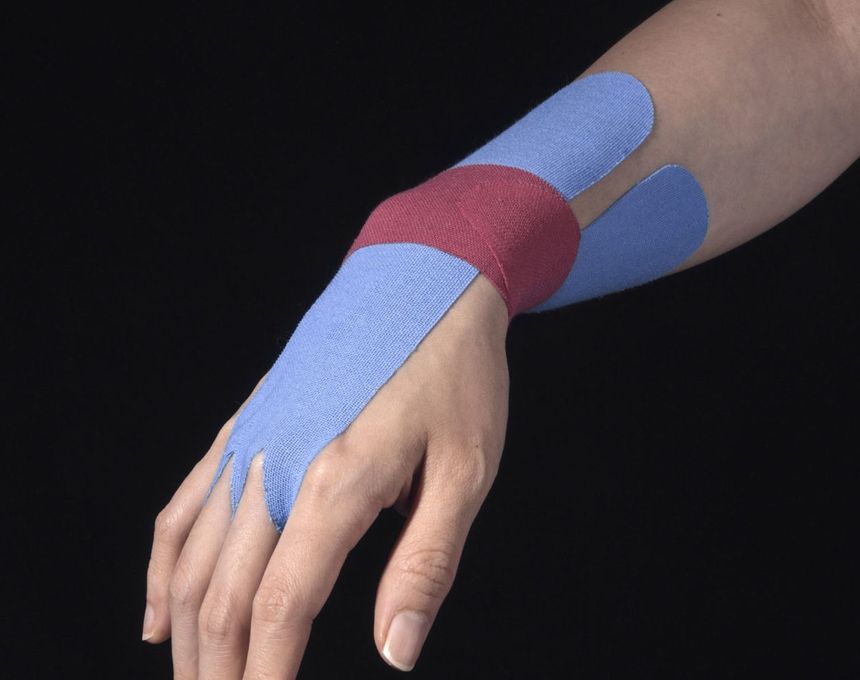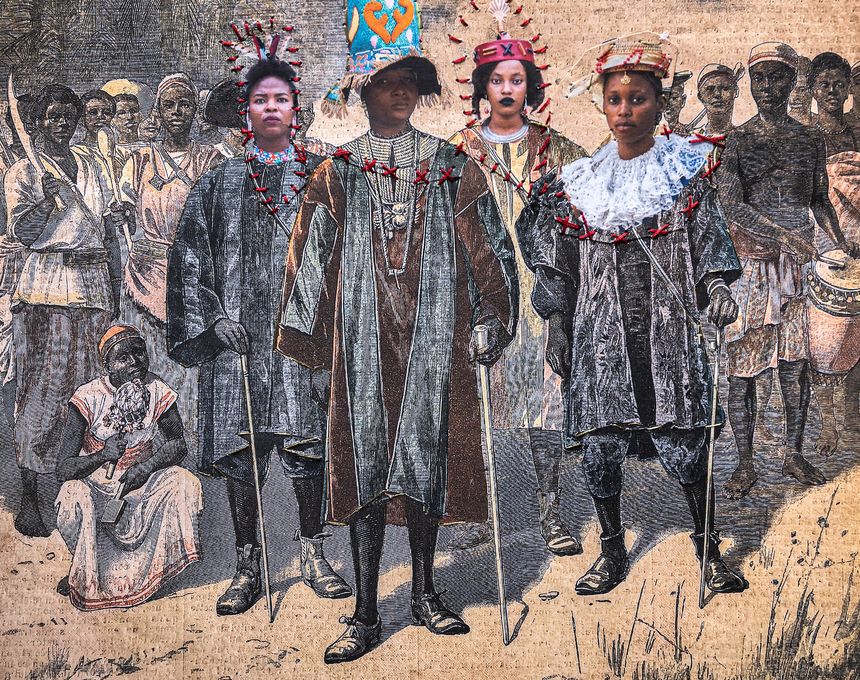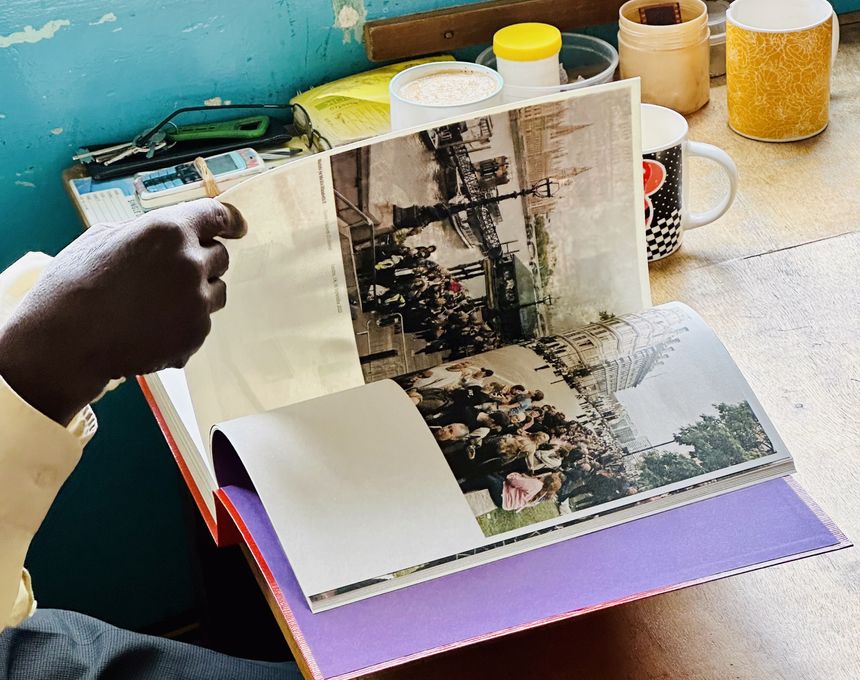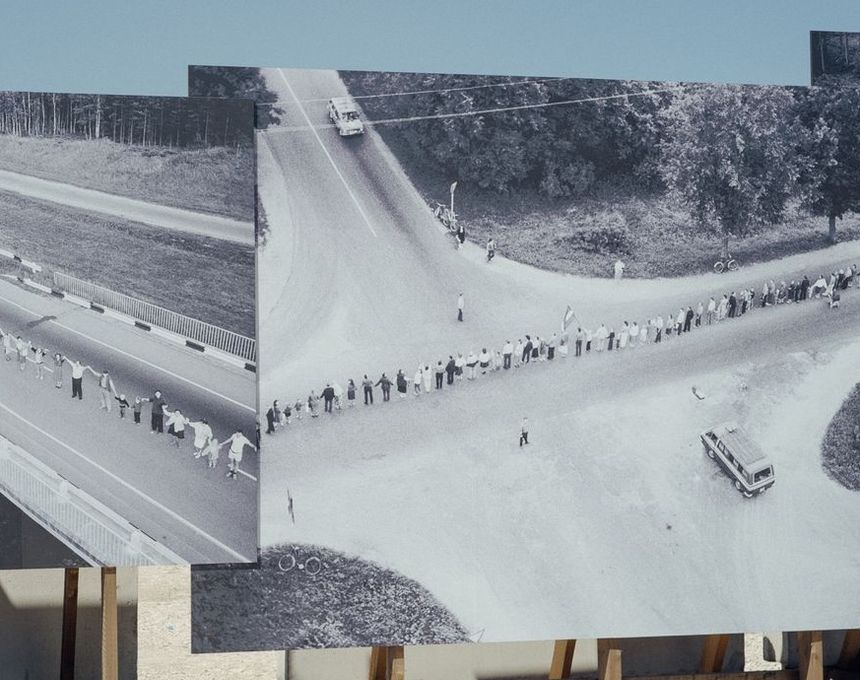Capturing an Unknown North Korea
-
Published19 Jul 2017
-
Author
During his visit to North Korea, photographer Fabian Muir discovered a country vastly different to the clichéd portrayals; one with a soft undercurrent and a welcoming population.
During his visit to North Korea, photographer Fabian Muir discovered a country vastly different to the clichéd portrayals; one with a soft undercurrent and a welcoming population.
Searching for North Korea is the result of a survey of the Democratic People's Republic of Korea (North Korea) that spanned two years. It is an attempt to peel back layers beyond the conventional and often clichéd portrayals of the country to reveal more intimate perspectives on a largely unseen land.
You have worked in Asia previously, but what first compelled you to document North Korea?
The initial impetus flowed from having worked across post-Soviet countries. I had no opportunity to see the actual USSR, and while the North Korean and Soviet models are different, there are enough similarities to make North Korea the last nation where you can see that type of society still in operation. That said, in real terms, North Korea has adopted even more from Maoist China than from the USSR.
North Korea is known for its restrictions placed on all visitors, especially photographers. Can you talk about what sort of challenges you faced while working there?
Everyone visiting North Korea is assigned at least two guides who have a dual role as minders, and they control your movements whenever you leave the hotel. Since they also determine the daily timetable, surrendering this degree of autonomy is a tremendous challenge. However, if you accept that they’re simply doing their job and treat them as partners, they will relax and facilitate as much for you as they can. In this way, you learn to work with them and within the constraints. They have almost never interfered with my photography.
You broke the accustomed visual expectations of North Korea; how did you break from the typical tourist circuits during your visits?
The first thing was to go there more than once - I have been five times. There is also quite significant scope to make requests regarding the places you would like to visit, so a lot of research went into working these out before each trip. In this way I tried to see as much as possible that was different from the North Korea we have seen a hundred times before. Travelling extensively outside Pyongyang was also crucial, since the established narrative is almost completely dominated by pictures of the capital.
Would you say you encountered a different North Korea to what you had anticipated?
It was the people who particularly surprised me. Since many reportages on North Korea focus on the militarism, one first goes there expecting everyone to be regimented and grim-faced. Instead, street-level North Koreans are friendly, approachable and have a good sense of humour. Children’s reactions are inevitably the most unfiltered, and they would often engage spontaneously and warmly, even if they couldn’t say much more than “Hello Mister”. Discovering that there is a softer undercurrent to North Korean society that is very different from the way the state presents itself on the world stage became one of the key elements of the project.
Did the constraints of the place lead to alternative creative responses?
With the guides making decisions for you, there is little scope for a considered approach or anticipation - I have only been allowed to move around alone on a handful of occasions. I consequently had to work much faster than I usually do.
What do you hope your audience will gain from this project? So far what have been the responses?
The project seeks - wherever possible - to sort the clichés from truth while inviting viewers to distinguish between the people and the politics. The assumption that all North Koreans are robots hell bent on conflict makes for an interesting storyline, but it’s actually slack journalism when dealing with such a complex and layered society.
Responses vary. Editors are either surprised, sceptical or very enthusiastic. The public response has generally been positive, although occasionally people think that certain images were staged and depict a North Korea that doesn’t exist. Viewers who have been to North Korea themselves often seem to connect best with the work.
--------------
Fabian Muir is a documentary and fine art photographer. His extensive survey of North Korea received a Magnum Photography Award and was honoured as a finalist in the 2017 FotoEvidence Book Award.
Verónica Sanchis Bencomo is a Venezuelan photographer and curator based in Hong Kong. In 2014, she founded Foto Féminas, a platform that promotes the work of female Latin American and Caribbean photographers.








